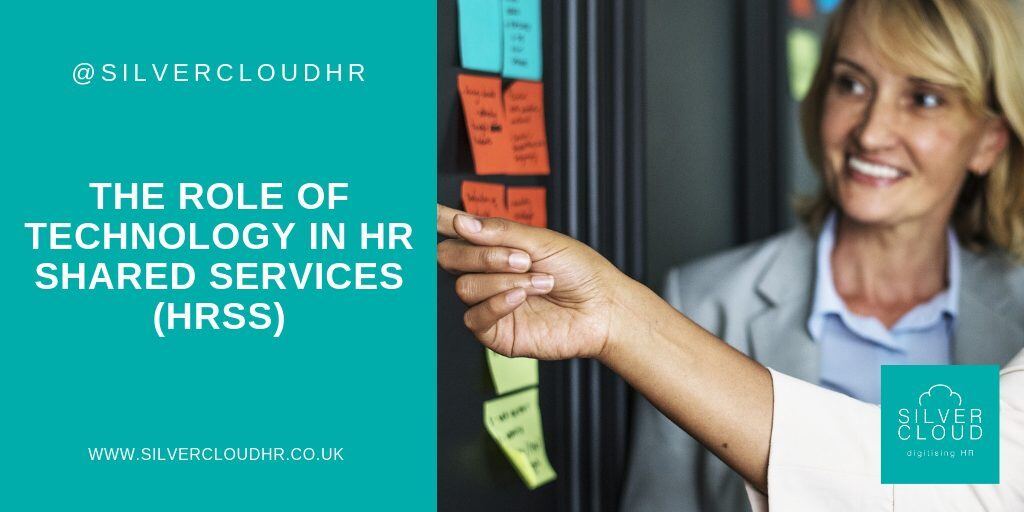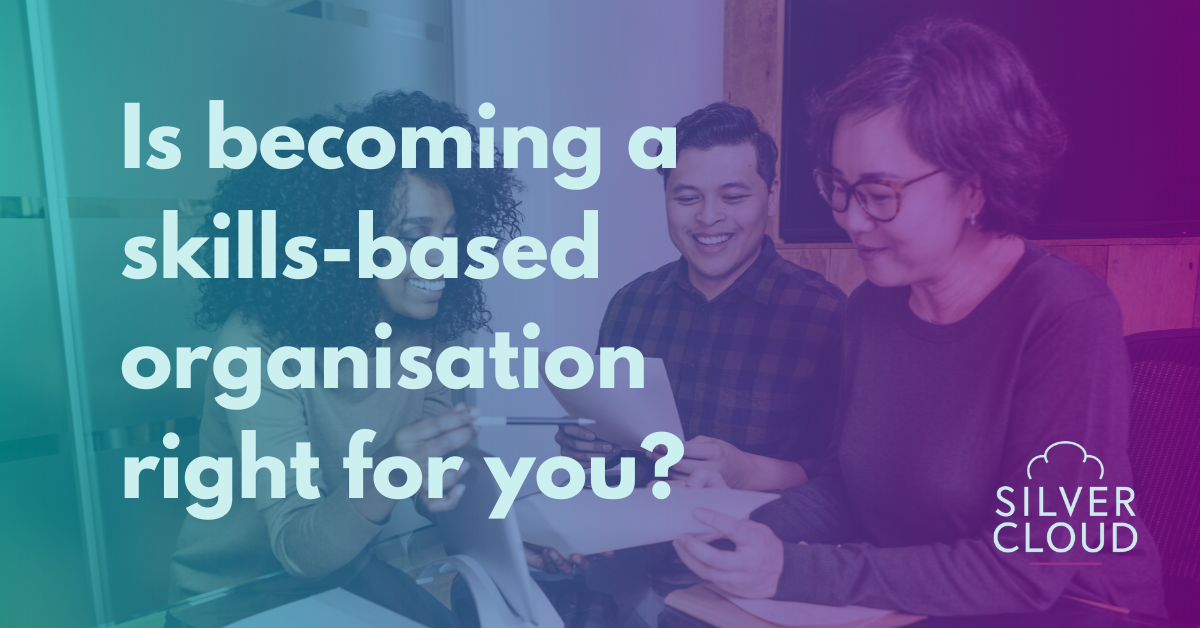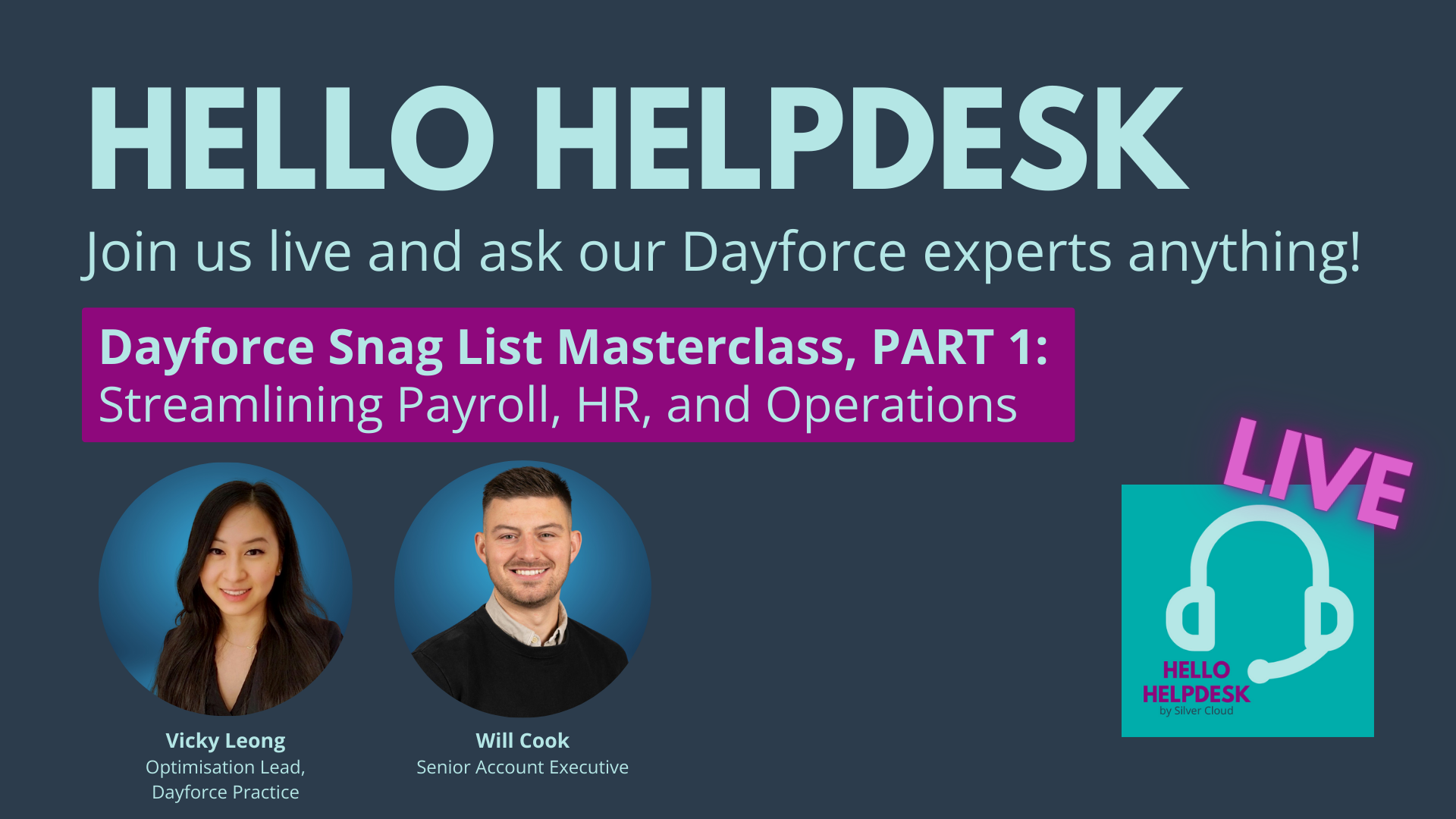The role of HR technology within shared services
by Silver Cloud

As businesses continue to scrutinise their operating costs, HR leaders are expected to bring greater strategic value whilst meeting the demands of a new generation of employee: all whilst keeping costs low. It may seem like a tall order, but the HR shared service model (HRSS) is a popular way of taking control of these demands.
According to Deloitte’s 2019 biennial shared services survey, 63% of respondents are delivering HR through a shared services model. What’s more, there’s been a dramatic increase in the number of companies implementing at least one end-to-end business process automation – up from 8% in 2017 to 63% in 2019.
HRSS isn’t new, so what’s changed?
It’s simple. Technology is enabling the mass consumerisation of HR. It doesn’t mean you have to be an expert in AI, blockchain or RPA (you can leave that to us). It means digitising HR – at a company-wide level – using technology as a connecting mechanism.
The CIPD have recently updated their viewpoint on shared services. They have recognised a shift in attitudes, as technology enables HR to treat employees in the same way as valued consumers:
“Implementing shared services requires HR to change its mindset about how it views employees and line managers, treating them both as ‘customers’ of the services delivered.” CIPD
With a shared service approach, business units are given better internal customer service access to HR when they need it. This creates a happier, more productive workforce.
What’s driving the demand?
The decision to develop an HRSS model is usually in response to three trends, writes HCM cloud provider Oracle:
1. A new generation of employee is placing demands on HR. They expect ‘consumer-grade applications that are best delivered from a shared service centre’.
2. The cloud is enabling mass consumerisation of HR. Flexible cloud platforms and apps mean HR can transform the way employees interact with and feel about a business.
3. Employees enjoy better access to smartphones and mobile devices. 91% use at least one mobile app and nearly a quarter use department-based apps. With the tools in place, it’s an ideal environment for HR shared service centres to flourish.
So, what does today’s HR shared service centre look like?
Oracle offers a strong definition that places technology as a given:
“HR Shared Services is a centralised HR function with defined, tiered enquiry/escalation processes – regardless of the maturity of the technology adoption – that delivers services to the entire organisation”.
While most shared service centres share the same concept, adoption can vary.
On a more basic level, HRSS focuses on automating processes such as payroll and rostering. It can also give HR processes uniformity. With onboarding for example, each employee is introduced to the company using the same standards as the co-worker before them.
At a more advanced level, it introduces HR capabilities that do not just support the business strategy – but enable it. For example, it could mean developing standard, repeatable systems and self-service processes across the business that make it easier for the company to grow.
Relieved from the need to respond to incoming enquiries, this also frees the HR team to work on more strategic business planning.
What must you consider before you start?
The freedom to position HR as a high-impact strategic business leader is what most, if not all, executive-level HR professionals aspire to.
To achieve this through a shared services model, implementation must involve more than the consolidation of business processes.
You must have a robust service-delivery model, with uniform standards of operation that support business goals. Ask yourself:
- Am I clear on who is responsible and what their specific HR requirements are?
- Do I have a workforce plan for each department?
- Has the strategy for different locations been agreed?
- If yes, which processes will be global and local?
- Is the service-delivery model flexible enough to manage the expectations of future generations?
- What is the governance model to ensure consistent maintenance?
- Does the model connecting its solution to external customers and investors? How can I measure the impact on business growth?
Developing these capabilities moves HR from a supporting role, to a business leader.
With big data – powered through AI – comes a big opportunity. HRSS teams become the first point of call for business performance data, working with IT, finance, business development, sales and marketing in a way that was previously unthinkable.
Summing up
Not all companies will choose an HR shared services strategy. For a start, it depends how far along you are in your digital HR journey and what your organisational needs are.
For where it is a natural fit though, an HRSS strategy could offer the most strategic, efficient, and cost-effective way to function.
If you would like to book a digital review of your HR processes and strategy, carried out by HR technology specialists, contact us to arrange an appointment.



